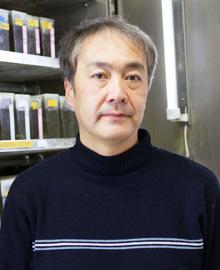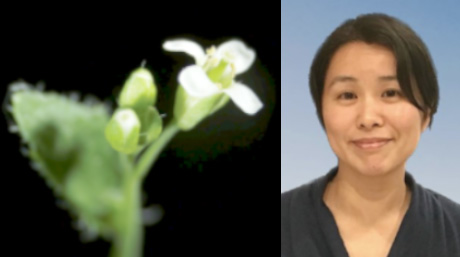Life Science and Technology News
【Labs spotlight】 Kawakami Laboratory
Revealing the mechanism of tissue homeostasis
The Department has a variety of laboratories for Life Science and Technology, in which cutting-edge innovative research is being undertaken not only in basic science and engineering but also in the areas of medicine, pharmacy, agriculture, and multidisciplinary sciences.
This "Spotlight" series features a laboratory from the Department and introduces you to the laboratory's research projects and outcomes. This time we focus on Kawakami Laboratory.

Areas of Supervision
Primary/Life Science and Technology
Associate Professor Atsushi Kawakami![]()
| Degree | PhD 1990, Nagoya University |
|---|---|
| Areas of Research | Regenerative Biology, Developmental Biology. |
| Keywords | Tissue regeneration, Zebrafish. |
| Website | Kawakami Laboratory (Japanese) |
Research interest
Most multicellular organisms have inherence shapes and sizes that do not change throughout lives. Such a robust capacity for maintaining bodies and organs is called the tissue homeostasis. This mechanism enables us to survive for a long time in spite of continuous damages and exhaustion of cells and organs. Though we humans always turn over the cells that constitute our body, we cannot reform a loss of large tissue parts such as arms and legs. However, urodeles and fish have a remarkable ability of tissue homeostasis and regenerate the lost body parts such as fins. Surprisingly, they regenerate not only the appendages like fins and scales, but they also regenerate the heart, brain, eye and many of the internal organs. Considering the conservation of most of genes and signaling networks during evolution, the difference of regeneration abilities between species possibly depends on the subtle changes of gene function and/or expression.
Our lab is focusing to reveal the process of tissue regeneration at molecular and cellular level using zebrafish as a model. We would like to identify the cells, their interactions and involved molecular signals that make tissue regeneration possible. By reproducing an appropriate condition for tissue regeneration, we will be able to regain regeneration ability in many of our organs.
Research findings
- Selected publications
- [1] Shibata, E., Yokota, Y., Horita, N., Kudo, A., Abe, G., Kawakami, K. and Kawakami, A. (2016) Fgf signalling controls diverse aspects of finregeneration. Development 143, 2920-2929. Doi:10.1242/dev.140699
- [2] Hasegawa, T., Nakajima, T., Ishida, T. Kudo, A. and Kawakami, A. (2015) A diffusible signal derived from hematopoietic cells supports 3the survival and proliferation of regenerative cells during zebrafish fin fold regeneration. Developmental Biology 399, 80-90.
- [3] Yoshinari, N., Ando, K., Kudo, A., Kinoshita, M. and Kawakami, A. (2012) Colored medaka and zebrafish: Transgenics with ubiquitous andstrong transgene expression driven by the medakab-actin promoter. Development Growth & Differentiation 54, 818-828.
- [4] Ishida, T., Nakajima, T., Kudo, A. and Kawakami, A. (2010) Phosphorylation of Junb family proteins by the Jun N-terminal kinasesupports tissue regeneration in zebrafish. Developmental Biology 340, 468-479.
- [5] (REVIEW) Kawakami, A. (2010) Stem cell system in tissue regeneration in fish. Development Growth & Differentiation 52, 77-87.
- [6] Yoshinari, N., Ishida, T., Kudo, A., and Kawakami, A. (2009) Gene expression and functional analysis of zebrafish larval fin foldregeneration. Developmental Biology 325, 71-81.
- Research Laboratories and Subjects
- Fibroblast growth factor signaling controls fin regeneration in zebrafish | Life Science and Technology News
Contact
Associate Professor Atsushi Kawakami
Room 602, bldg. B1, Suzukakedai Campus
E-mail : atkawaka@bio.titech.ac.jp
*Find more about the lab and the latest activities at the lab site (Japanese)![]() .
.
*May 1, 2025:Some of the content has been updated with the latest information.





